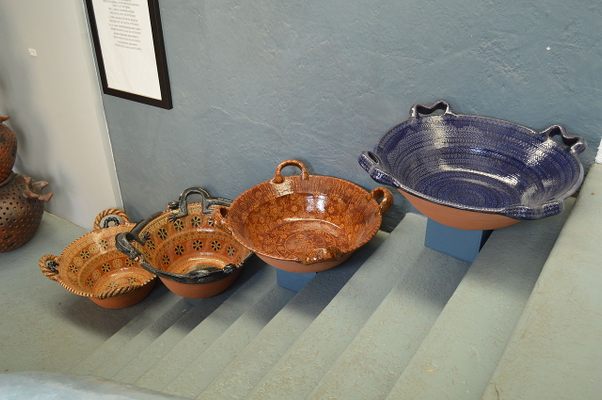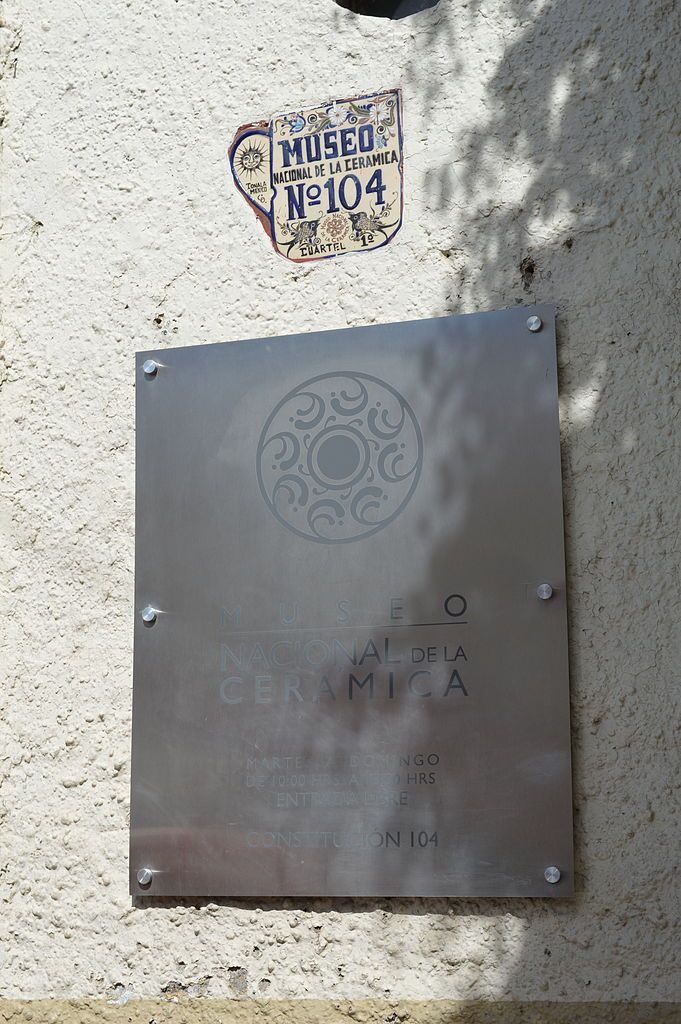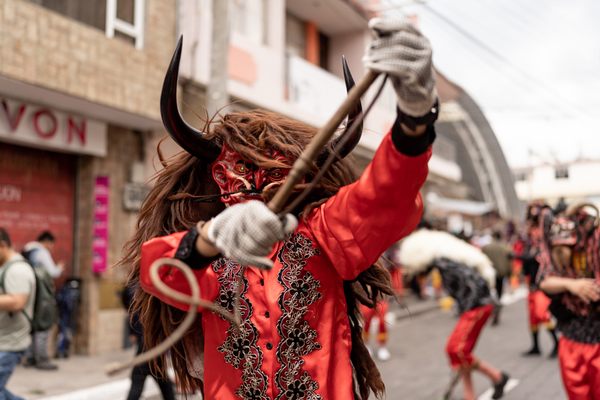About
The area around Guadalajara, one of Mexico's most populated cities, has historically been well-known for its pottery and ceramic traditions. In Tlaquepaque, formerly a town but now absorbed into the metropolis, a regional museum has been showcasing clay crafts since 1954.
Tonalá, far enough from the city proper to be distinct, but still within range of its metropolitan area, is home to the National Museum of Ceramics. With two museums dedicated to the same subject within such a relatively small radius, the importance of pottery from the state of Jalisco within Mexican crafts culture cannot be denied.
The Tonalá museum stands on what was once the workshop of Jorge Wilmot who, along with his partner Ken Edwards, set up the town's first high-fire ceramics oven between 1959-60. By 1985, the building was functioning as a museum, and the acquisition of a significant collection of indigenous ceramics lead to its establishment at a national museum level.
Born in 1928 in Monterrey (which often disputes the title of Mexico's Second City with Guadalajara), Wilmot trained in Europe, including periods in France, Sweden, and Switzerland before his return to Mexico and the establishment of the Tonalá workshop. Along with the United States-born Edwards, Wilmot established a veritable mecca of Western Mexican pottery in Jalisco until his passing in 2012.
The museum underwent major restorations in 1999 and 2010, so fortunately Wilmot was able to see his namesake space in its current iteration. While it mostly focuses on the Western Mexican pottery traditions exemplified by the Jalisco school, the museum displays include pieces from as far east as Yucatán and as far north as Chihuahua. Ranging from masks to cookware, vases, and pots to more abstract artworks, the wealth of options offered by this material is exemplified here.
Related Tags
Community Contributors
Added By
Published
February 9, 2022




























